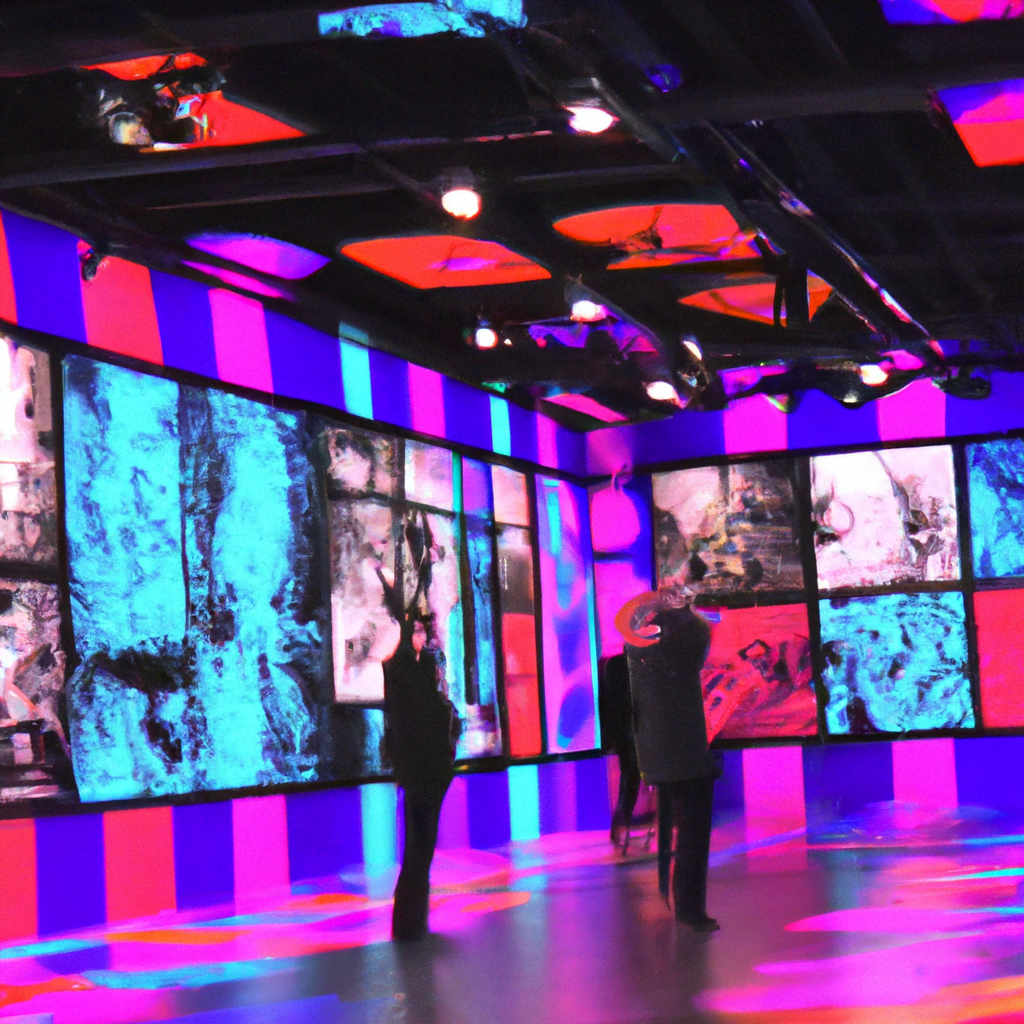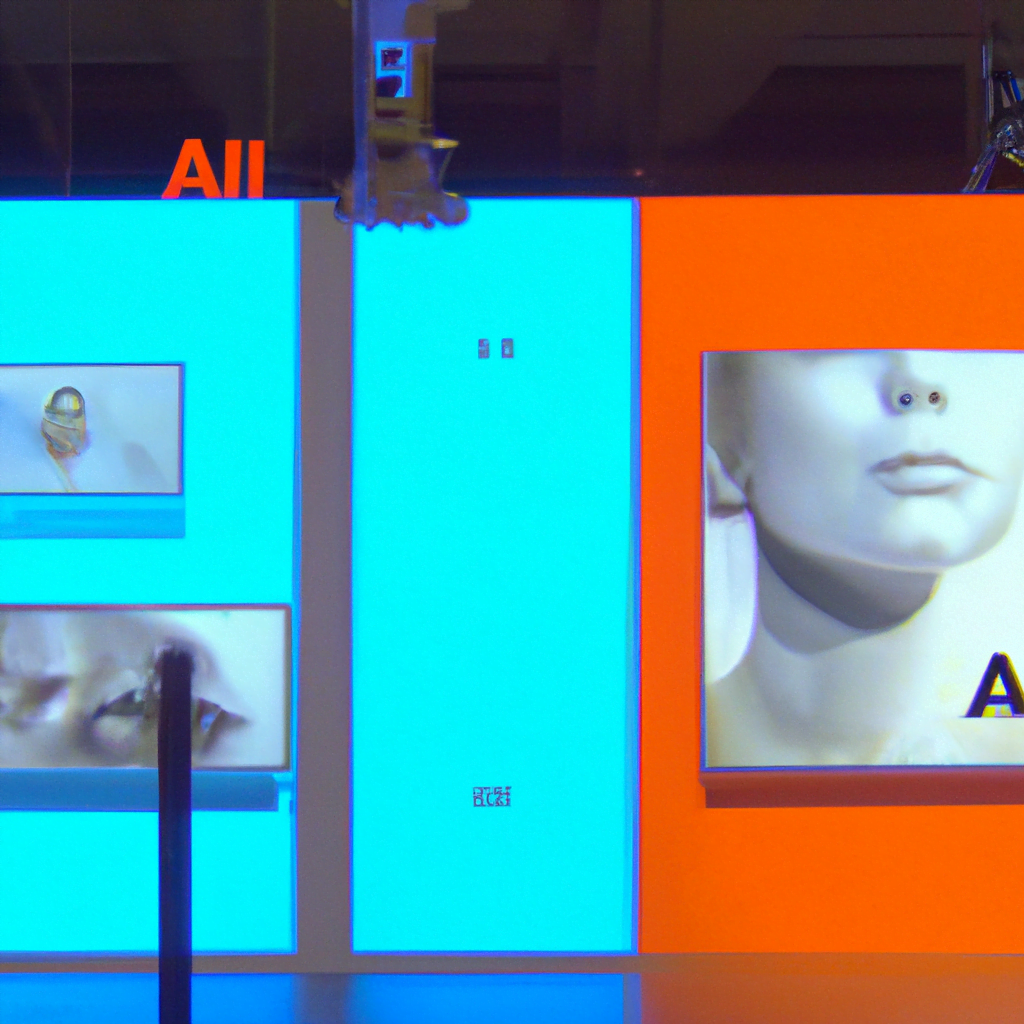
AI in Exhibition Design: Creating Immersive Environments

Exhibition design has evolved significantly over the years, with advancements in technology playing a crucial role in creating immersive and engaging experiences for visitors. One such technology that has revolutionized the field is Artificial Intelligence (AI). AI has the potential to transform exhibition design by enhancing interactivity, personalization, and overall visitor experience. In this article, we will explore the various applications of AI in exhibition design and how it is reshaping the way we engage with art, history, science, and more.
The Role of AI in Exhibition Design
AI is a branch of computer science that focuses on creating intelligent machines capable of performing tasks that typically require human intelligence. When applied to exhibition design, AI can analyze data, make predictions, and generate personalized experiences for visitors. Let’s delve into some of the key areas where AI is making a significant impact:
1. Data Analysis and Visitor Insights
AI algorithms can analyze vast amounts of data collected from visitors, such as their demographics, preferences, and behavior patterns. This data can provide valuable insights into visitor engagement, allowing exhibition designers to tailor experiences to specific target audiences. For example, AI can identify which exhibits attract the most attention or which interactive elements generate the highest levels of engagement. This information can help designers optimize the layout and content of future exhibitions.
2. Personalized Experiences
AI can create personalized experiences by leveraging visitor data. By analyzing individual preferences and behavior, AI algorithms can recommend specific exhibits, artworks, or interactive elements that align with a visitor’s interests. For instance, an AI-powered exhibition app can suggest personalized tours based on a visitor’s previous interactions or provide additional information about exhibits that match their preferences. This level of personalization enhances visitor engagement and creates a more memorable experience.
3. Interactive and Immersive Elements
AI enables the creation of interactive and immersive elements that respond to visitor actions and emotions. For example, AI-powered chatbots can engage visitors in conversations, answering questions and providing additional information about exhibits. These chatbots can be programmed to understand natural language and adapt their responses based on the context of the conversation. Additionally, AI can be used to create interactive installations that respond to visitor movements or gestures, creating a dynamic and engaging environment.
Case Studies: AI in Exhibition Design
Let’s explore some real-world examples of how AI is being used in exhibition design:
1. The Museum of Modern Art (MoMA) – “Artificial Intelligence: The Birth of a New Artistic Medium”
In 2019, MoMA organized an exhibition titled “Artificial Intelligence: The Birth of a New Artistic Medium,” which showcased the intersection of AI and art. The exhibition featured AI-generated artworks, interactive installations, and immersive experiences. One notable exhibit was an AI-powered chatbot that engaged visitors in conversations about the artworks, providing insights and interpretations. This interactive element enhanced visitor engagement and encouraged a deeper understanding of AI’s impact on the art world.
2. The British Museum – “Living with the Gods”
The British Museum’s exhibition “Living with the Gods” explored the role of religion in human history. To enhance visitor experience, the museum employed AI to create personalized audio guides. These guides used AI algorithms to analyze visitor preferences and provided tailored audio content based on their interests. By personalizing the audio guides, the museum ensured that visitors received relevant information and had a more immersive and engaging experience.
The Future of AI in Exhibition Design
As AI continues to advance, its potential in exhibition design is only expected to grow. Here are some future possibilities:
1. Virtual Reality (VR) and Augmented Reality (AR)
AI can enhance VR and AR experiences in exhibitions by creating more realistic and interactive virtual environments. AI algorithms can analyze visitor movements and gestures, allowing virtual objects to respond accordingly. This technology can transport visitors to different time periods, places, or even fictional worlds, providing a truly immersive experience.
2. Predictive Analytics
AI algorithms can use predictive analytics to anticipate visitor preferences and behaviors. By analyzing past data, AI can predict which exhibits or interactive elements are likely to be popular, allowing designers to optimize their layouts and content. This predictive capability can also help museums and galleries plan for future exhibitions by identifying trends and patterns in visitor engagement.
Conclusion
AI is revolutionizing exhibition design by enabling data analysis, personalization, and the creation of interactive and immersive environments. By leveraging AI, exhibition designers can gain valuable insights into visitor behavior, provide personalized experiences, and create engaging installations. Real-world examples such as MoMA’s AI exhibition and the British Museum’s personalized audio guides demonstrate the effectiveness of AI in enhancing visitor engagement. As AI continues to advance, we can expect even more exciting possibilities in the future, such as AI-powered VR and predictive analytics. With AI’s transformative potential, exhibition design is entering a new era of immersive and personalized experiences.
